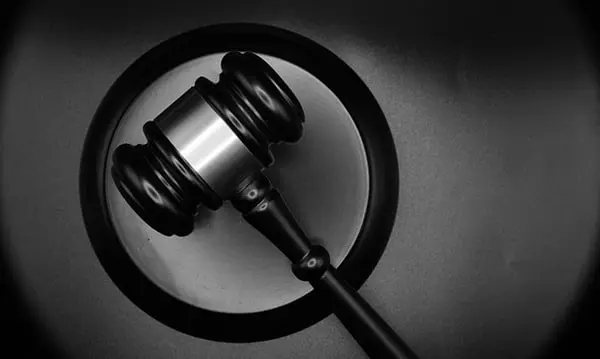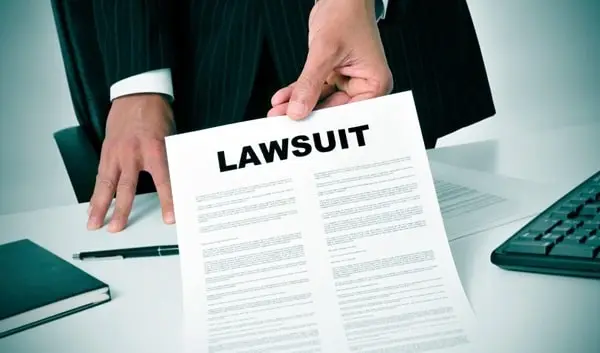The Invisalign brand, owned by Align Technology, has been at the center of multiple lawsuits in recent years, primarily focusing on antitrust allegations and monopolistic practices. These lawsuits have significantly shaped the clear aligner market, affecting both consumers and dental professionals. This article dives into the core issues, settlements, and the broader implications of these legal battles.
Allegations of Monopolistic Practices
One of the primary claims against Align Technology is that it engaged in anticompetitive behavior to dominate the clear aligner market. Specifically, lawsuits have alleged that Align Technology leveraged its market position to artificially inflate the cost of Invisalign aligners, restricting competition and forcing consumers to pay higher prices. These practices have affected dental offices as well, many of which are reliant on Align’s equipment, like the iTero scanner, which works exclusively with Invisalign products. This has resulted in limited alternatives for both professionals and consumers, driving up overall costs.
Invisalign Class-Action Lawsuits and Major Settlements
Several class-action lawsuits have been filed against Align, spanning multiple years. In one notable case, Align agreed to a $27.5 million settlement in response to allegations that it conspired with SmileDirectClub to divide the market and prevent competition. This settlement aimed to compensate around 1.45 million consumers who overpaid for aligners between 2017 and 2022. Another significant settlement occurred in a separate investor class-action suit, where Align agreed to a $16 million payout after being accused of misleading investors about the competitive pressures it was facing.
Despite these settlements, Align Technology has consistently denied any wrongdoing, stating that the settlements were made to avoid the costs and distractions associated with prolonged litigation.
The SmileDirectClub Legal Dispute
One of the most high-profile legal battles involving Align Technology revolves around its relationship with SmileDirectClub, a direct-to-consumer aligner provider. The lawsuit alleges that Align entered into an agreement with SmileDirectClub to divide the market, where SmileDirectClub would focus on direct sales to consumers, while Align sold through dental offices. This arrangement, plaintiffs claim, reduced competition and kept prices artificially high for both companies’ products.
The case has brought attention to how market allocation schemes can stifle competition, and its outcome could have a major impact on the clear aligner industry moving forward.
Impact on Consumers and Dental Offices
Consumers have borne the brunt of these monopolistic practices, with lawsuits suggesting that Align’s behavior limited competition and kept prices for Invisalign treatments higher than they might have been in a more competitive environment. For many patients, the cost of treatment became prohibitive, forcing them to seek less effective or more expensive alternatives.
Dental offices have also been impacted, particularly those that rely on Align’s iTero scanner, which works exclusively with Invisalign products. This closed system has locked many dental professionals into using Align’s products, increasing operational costs and limiting their ability to offer more affordable alternatives to their patients.
Ongoing Litigation and Future Implications
While some cases have been settled, the legal challenges facing Align Technology are far from over. A significant trial addressing antitrust allegations is scheduled for May 2024, which will address claims of monopolistic control over the clear aligner market. This case is likely to have far-reaching implications for both Align Technology and the industry at large, potentially reshaping how companies compete in the dental space.
For consumers and dental professionals alike, the ongoing lawsuits represent an opportunity to seek compensation for the higher costs and restricted choices resulting from Align’s alleged anticompetitive practices. At the same time, the outcomes of these cases could prompt changes in how clear aligners are marketed and sold, potentially lowering costs and increasing competition in the future.
Conclusion
The Invisalign lawsuits underscore the significant impact that monopolistic practices can have on both consumers and professionals. While Align Technology has settled some of these cases, the ongoing litigation continues to shape the future of the clear aligner market. For those affected by Align’s practices, the legal battles offer a pathway to potential compensation and highlight the importance of maintaining a competitive marketplace. The clear aligner industry, once dominated by Invisalign, may soon face a more level playing field as these lawsuits progress.


